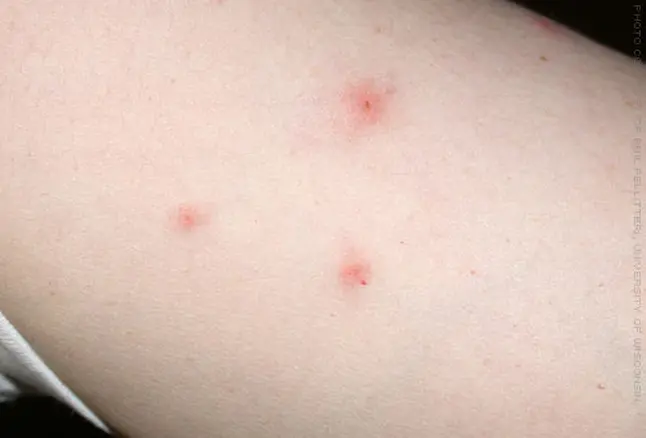Bed Bugs, although they feed on human blood and even infuse anticoagulants and painkillers into our bloodstream while feeding, do not transmit pathogens and are therefore not recognized as disease vectors. Even though they are known carriers of a number of human pathogens, there is no evidence to suggest that they pass any of these on to their hosts.
However, Bed Bugs can surely act as health hazards on other fronts. Their bites, apart from causing tiny bumps in the feeding location, can even cause other allergic reactions that could result in skin rashes or other symptoms.
The worst health hazard though, is the psychological impact that the presence of Bed Bugs can have on you. The thought of having a bloodsucking parasite waiting in the dark to feed on your blood is a disturbing one indeed, and the associated paranoia often leaves the victims of a Bed Bug infestation with sleepless nights. The lack of sleep then leads to other physiological and psychological complications too.
How Do They Enter a Structure
Bedbugs are a nasty parasite to have in your home and often, they enter your home through means that may go unnoticed. Public places like hotel rooms, bus and train stations, and even gyms can have a bedbug infestation and unknowingly, you may end up carrying some of these bugs home on your person or in your luggage.
Even vehicles like cabs, buses and trains can have bedbugs, either because of an infestation or because a few bedbugs may have been deposited there by a fellow traveler.


